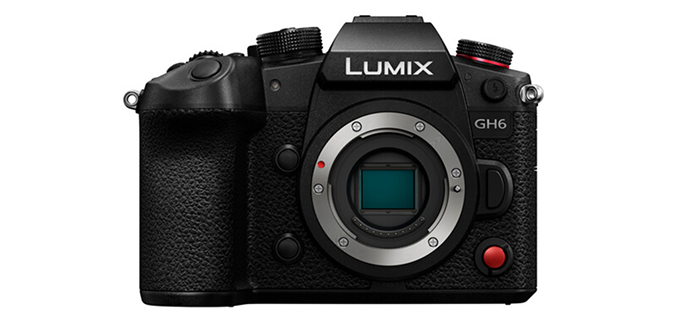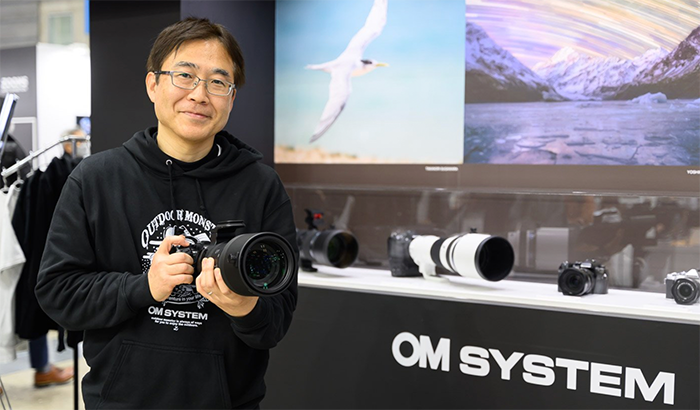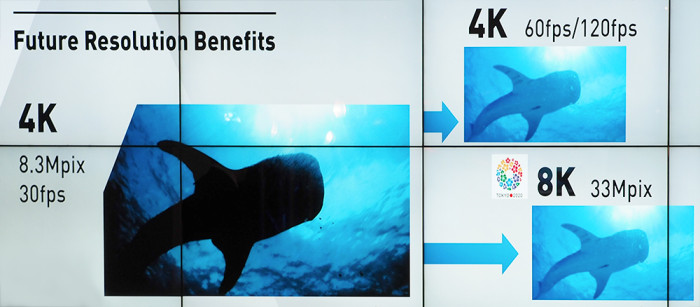Announcement: Panasonic has developed a technology that captures hyperspectral images with the world’s highest sensitivity

Today Panasonic announced a technology that captures hyperspectral images with the world’s highest sensitivity. Panasonic writes (google translated):
In conventional hyperspectral imaging, optical elements such as prisms and filters that selectively pass light of specific wavelengths are used to detect the light of the wavelengths assigned to each pixel of the image sensor. However, these methods have physical limitations in that when looking at each pixel, light with wavelengths other than the “assigned wavelength” cannot be detected, and sensitivity decreases in inverse proportion to the number of wavelengths.
Therefore, we have developed a special filter using a structure that utilizes the wave properties of light, called a Distributed Bragg Reflector (DBR) *6 , and installed it in an image sensor (Fig. 1a,b). ). This special filter is designed to randomly change the intensity of the light emitted from the observation target for each pixel and wavelength (Fig. 1c). Changing the intensity for each pixel and for each wavelength corresponds to “decimation” of data. By properly detecting in the “thinned” state, the “before thinning” state can be restored on the software. With this technology, color separation is performed by software restoration, so the software takes on part of the color separation function, eliminating the physical limitations in sensitivity that conventional hyperspectral imaging technology had. broke through.

Using the above-mentioned special filter allows light of multiple wavelengths to pass through, increasing the amount of light detected by the image sensor and improving sensitivity. Specifically, the developed special filter passes about 45% of the incident light. This is about 10 times higher than the light utilization efficiency of conventional technology (5% or less), and the world’s highest sensitivity. In an example of an image taken with the brightness of general office lighting (550 lux), the developed technology was able to capture a clear image (Fig. 2a), but the conventional technology was only faintly visible (Fig. 2b). In this way, the developed hyperspectral imaging technology enables clear imaging without the extremely bright special lighting (over 10,000 lux) required by conventional hyperspectral cameras.
Using the developed special filter and color restoration on the software, we succeeded in capturing hyperspectral images by dividing the visible light region (wavelength 450-650 nm) into 20 wavelengths. Since the data is appropriately “thinned out” by the special filter, the colors can be accurately separated on the software, and correct spectral information can be obtained as shown in the color sample photograph (Fig. 2c). Since it can detect 20 wavelengths and an extremely large amount of color information, it improves the accuracy of image analysis and recognition compared to the naked eye and color cameras that can distinguish only three colors (red, green, and blue). later).
If I got this right this is a bit of the holy grail of photography. Something similar to the Sigma Foveon tech. Instead of having every pixel collecting the info of only one color (R or G or B) it would collect the entire color and luminosity info on one single pixel.
I only do hope this isn’t a project like the infamous organic sensor which was presented many years ago and never made it into a real production camera!




